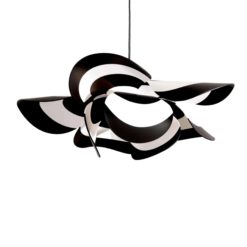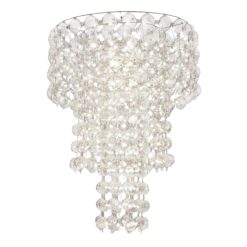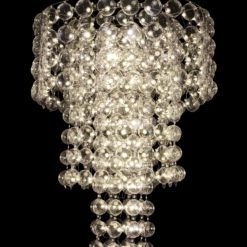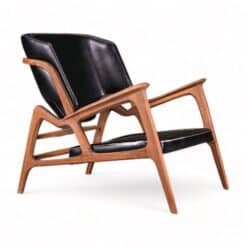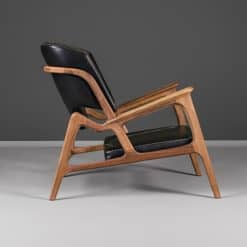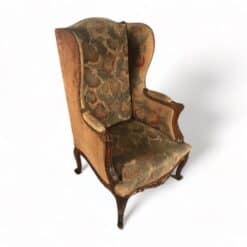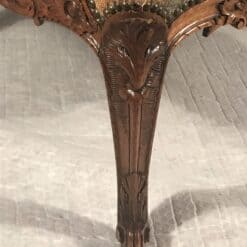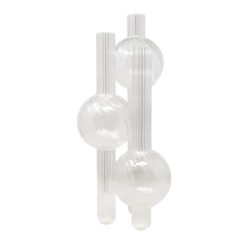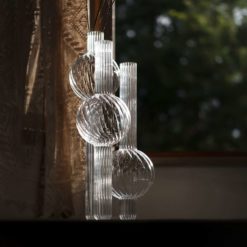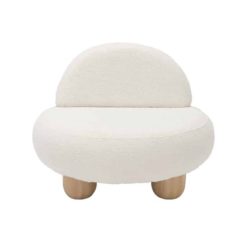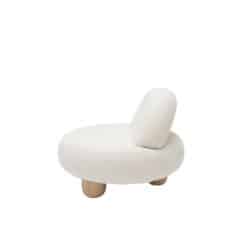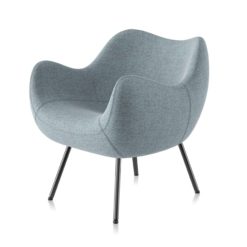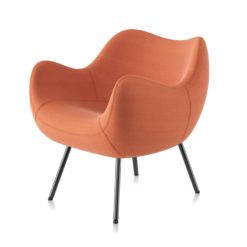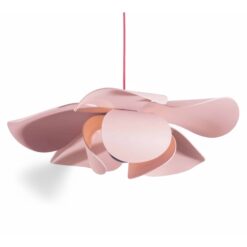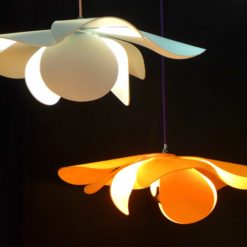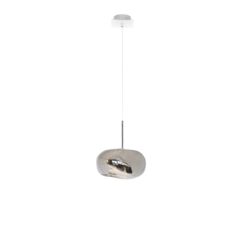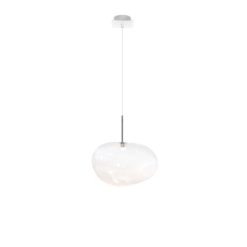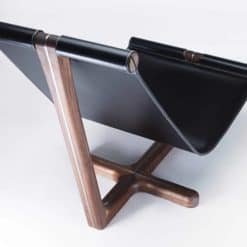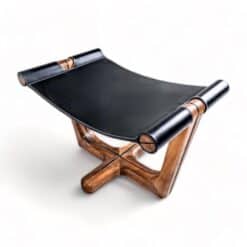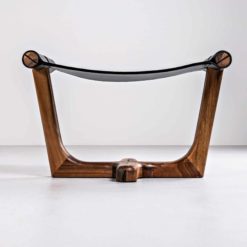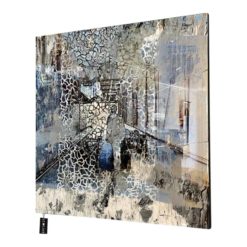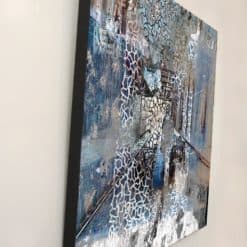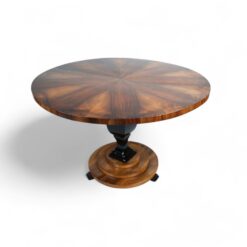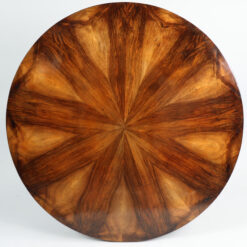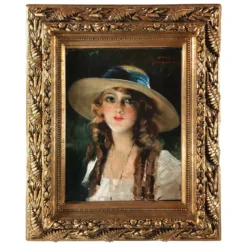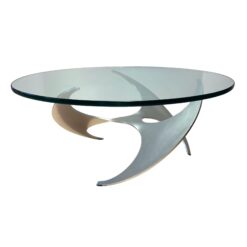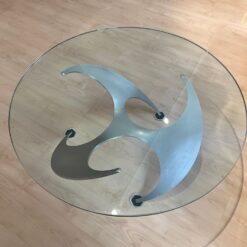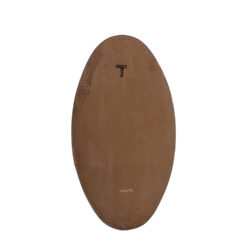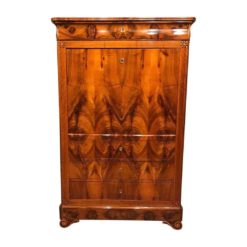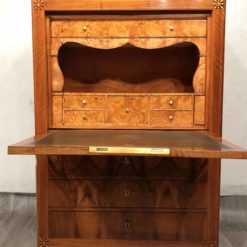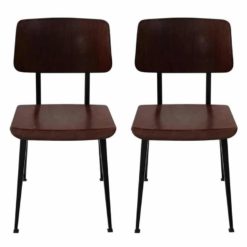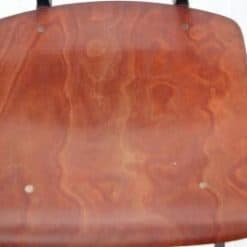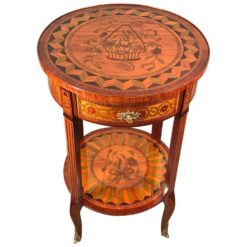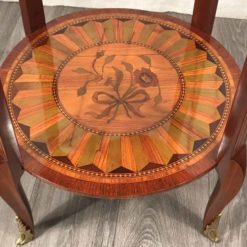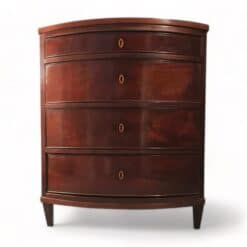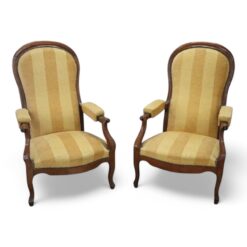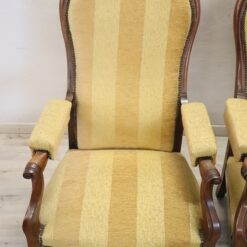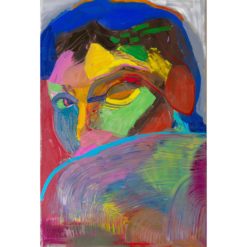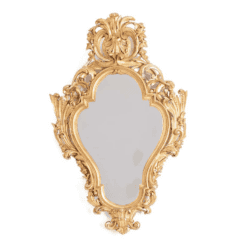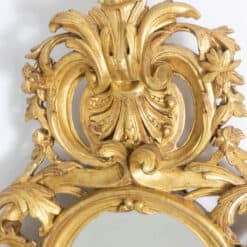Best Sellers
How-To & Inspiration
European Furniture- Origins and Development
From Baroque dressers to Biedermeier sectaires, here’s the rundown on European furniture.
There’s a lot to unpack in the world of European furniture. The process of buying antique European style furniture is far more than simply buying furniture, buying art, or investing, it’s all three. Antique furniture is both decorative from an artistic standpoint and practical from a utilitarian standpoint. A three-hundred-year-old armoire isn’t just an exquisitely beautiful gem from a bygone era, it’s also a fully-functioning armoire!
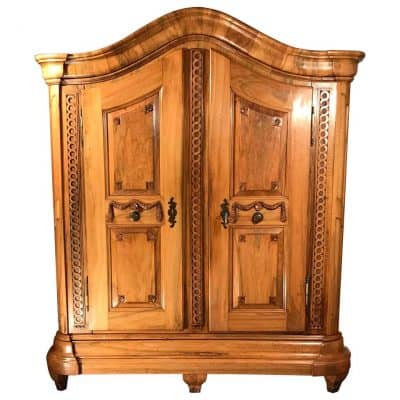
Even if you are looking into modern European furniture, myriad influences from days past are apparent. Period pieces and historically valuable works make excellent long-term investments, if well cared for. Careful knowledge of European antiques is necessary in order to evaluate European modern design furniture, too.
Whenever visiting an online European furniture store, however, it’s easy to feel overwhelmed by the wide selection. It’s quite simple, however, when you take time to dive in. The principal breakdown is by style and type, whether you’re talking about European living room furniture, dining room furniture, or European bedroom furniture.
The styles of European furniture vary based on the period, and while the interior design of each era represents a unique aesthetic and taste, an examination of an era of European furniture design is more than a dive into the artistic design of the period, it is an analysis of the complex social, cultural, and economic factors in play at the time, so in-depth research can be quite interesting.
While there are dozens of styles and many overlap, we briefly cover some of the major periods below. Read on for an analysis of the main styles and types of antique European furniture you’ll find in European furniture stores.
Styles
Baroque
The Baroque period lasted from the early 17th century until the early 18th (1725-ish). Baroque furniture is notable for an extremely ornate and luxurious look. Furnishings from this period often consist of extremely intricate, detailed, elaborate designs, and include details like leaves, flowers, and cherubs.
The overall look found in the Baroque is both lavish and grand, yet these pieces manage to maintain a high level of symmetry and balance. The luxurious furniture of this period is frequently upholstered with materials like damask and fine velvet, framed by gilded wood.
Louis XV
In the Louis XV style, which existed from 1715 to 1774 (along with the Rococo period), we find curved forms, lightness, comfort, and asymmetry. This came about as a direct response to the more formal, austere, and boxy furnishings found in the preceding era, the Louis XIV period. Craftsmen in this time often utilized marquetry, inlays of exotic woods of different colors, in addition to ivory and mother of pearl.
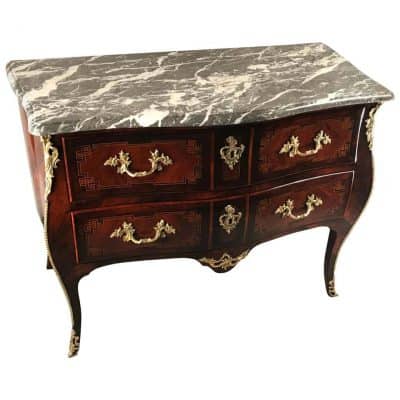
Louis XVI
The Louis XVI style, also known as Louis Seize, lasted from 1774 to 1793. This period consisted of the penultimate manifestation of the Baroque style and the genesis of French Neoclassicism. Known as the golden age of cabinetmaking, cabinets and desks flourished during this time. There was a great emphasis on form, with straight, logical lines replacing the curves of the previous era.
High-quality wood inlays (usually mahogany, oak, or walnut) were common, as were finishings with mother of pearl or gilded bronze. Louis XVI furniture is among the most exotic and highly valued furniture ever produced in France, with satin-upholstered chairs embroidered with silk medallions and enormous, balustraded beds.
Biedermeier
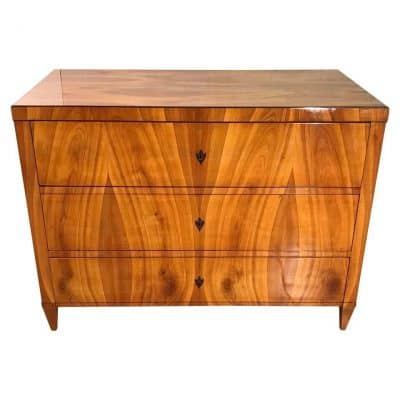
The Biedermeier era, a German-based period which lasted from 1815 to 1848, was in many ways the genesis of the design concept “form follows function.” One of the defining features of Biedermeier furniture is a restrained geometric style. Clean lines and scant ornamentation is common, though this gave way to more ornate pieces later in the period.
High-backed armchairs and sofa sets were prevalent during this period, as were secretary desks, due to an increased emphasis on family life and private activities among the middle class. One finds exquisite office furniture in this era in particular. In the Biedermeier period, products were made with locally available lumber such as walnut, cherry, and ash as opposed to imported timbers like mahogany.
The influence of Biedermeier designs is found in everything from Italian furniture to American furniture and is one of the periods we feature heavily here at Styylish.
Midcentury
Mid-century furniture (beginning post-WWII and lasting into the 60s) is identifiable by its clean lines, curves, and geometric design. Common trademarks of the era include simplicity, bold colors, wood with natural finishing, and tapered legs. The extremely high standards found in this era are also noteworthy. This is an easy style to mix with contemporary pieces, as most midcentury pieces offer a timeless appeal.
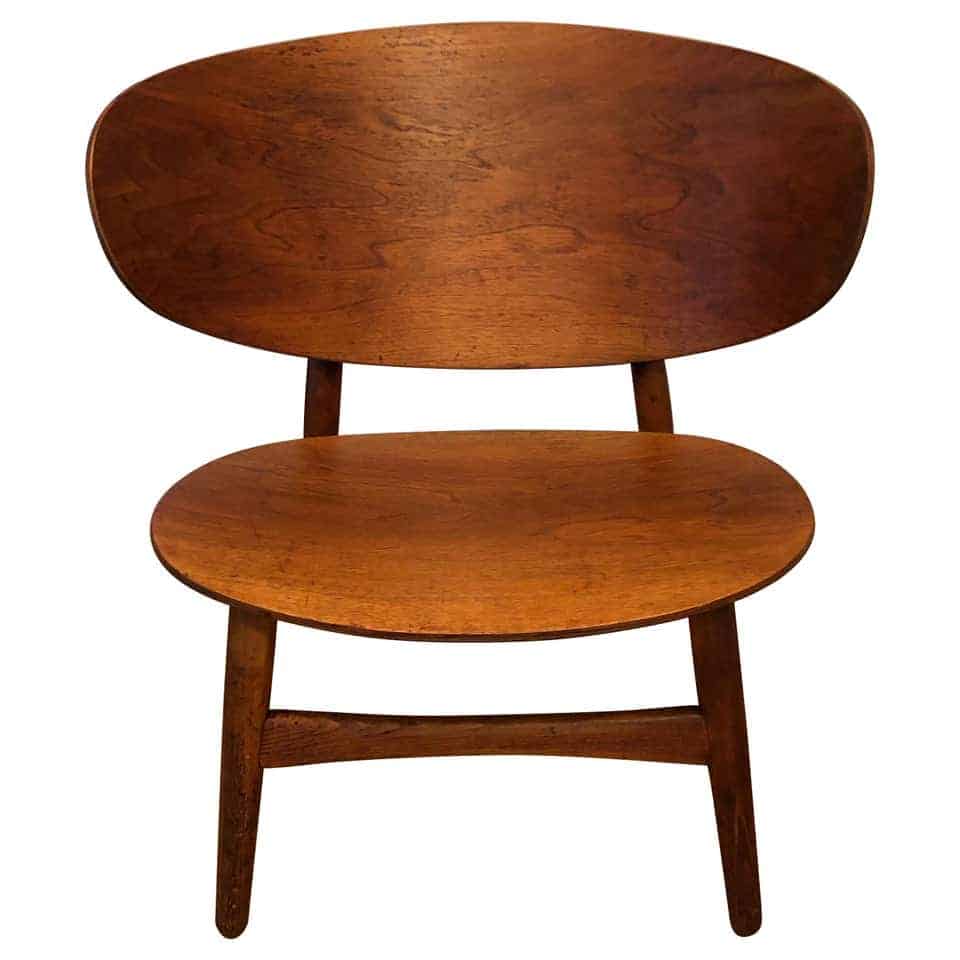
Types
Case Pieces
Case pieces include everything from armoires to sectaires to commodes to cabinets. In short, case pieces include any non-upholstered furnishing which includes some form of storage component. Interestingly enough, the distinction between seating and case pieces appeared in pre-Revolution France, under the guild system. In that time carpenters (menuisiers) exclusively crafted seating and cabinetmakers (ébénistes) case pieces.
Seating and Tables
European furniture seating includes everything from accent chairs, armchairs, chairs, lounge chairs, settees, side chairs, and more. On the table end, we have card tables, center tables, desks, and console tables, to name a few.
The console table, in particular, is indicative of exquisite European design. It originated in 17th-century France as a rectangular surface bolstered by wall-mounted brackets.
These tables, higher and leaner than a coffee table, are perfect for tighter spaces like entryways and hallways. They serve well as bars, vanities, or desks. Console tables are about the height of a countertop and often narrow, although shapes and sizes vary, and we carry many here at Styylish.
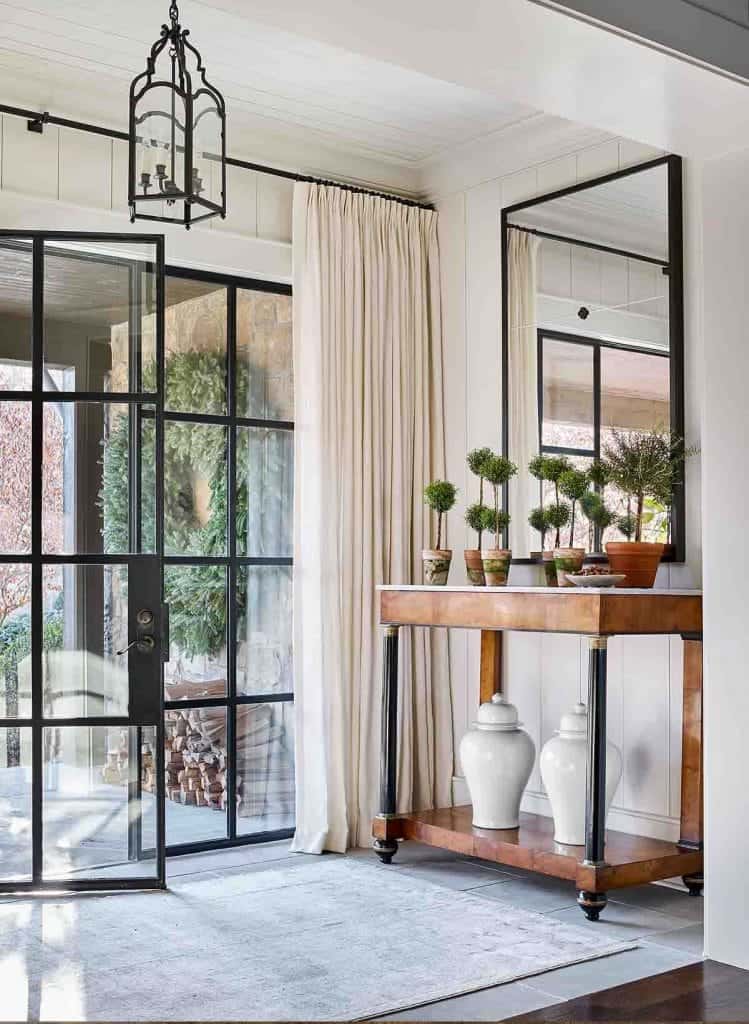
Conclusion
The European furniture market can be daunting, whether dealing with antiques or modern furniture collections. At the end of the day, however, the deciding factor when determining what pieces of furniture you’d like to buy shouldn’t be solely its worth as an investment or art, nor its function, but a combination of all three.
Buy furniture that is beautiful, worth something, and will work for your space, and you can’t go wrong! European designs, particularly antiques, might be costly, but products from standard furniture brands just don’t bring the same grandeur to a space. While we covered some of the main styles carried on Styylish above, there are plenty more. Within each era is a vast array of intriguing design practices to discover.

